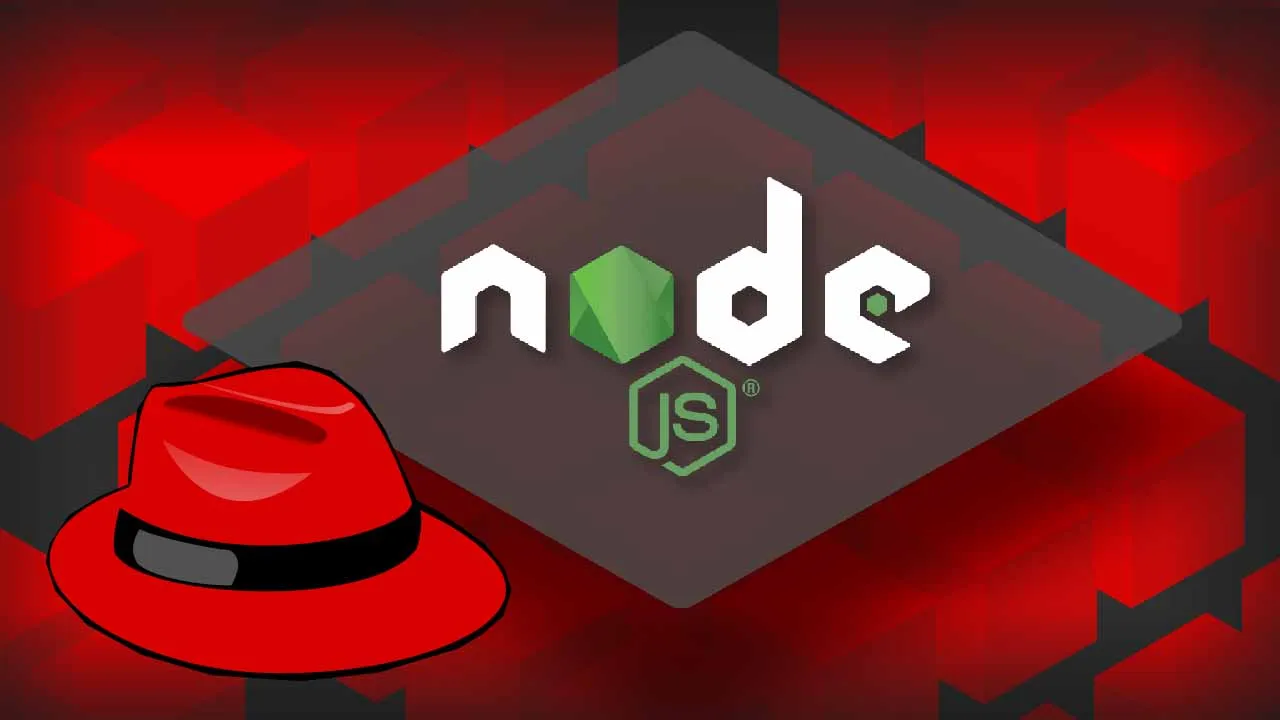A quick look at what Node.js developers need to know about Red Hat OpenShift
Container-based deployment models are the modern way to develop and deliver your applications. The most common tool for building with containers is Kubernetes, an open-source container-orchestration system for automating computer application deployment, scaling, and management.
Kubernetes has helped usher in a standardized way to deploy and manage applications at scale, but it can be a sprawling, difficult beast to manage when your application becomes more mature and more complex. A company will need to have a robust DevOps team to manage a full-fledged Kubernetes-based production system.
Red Hat OpenShift is an opinionated way to get your app running in production, consolidating many of the processes required for running your own Kubernetes deployments. OpenShift abstracts away infrastructure worries and provides a GUI that makes deployment and management more manageable than traditional Kubernetes. The platform gives you situational awareness, meaning you only need to understand how to use the parts of the platform that are relevant to your deployment scenario. You can expand your understanding and use of OpenShift — for instance, to access control of pipelines and images — as your needs change.
My colleague, JJ Asghar summed it up nicely: “OpenShift provides creature comforts to talk to the Kubernetes “API”—at the same level of robustness—as long as you’re willing to use the opinions OpenShift brings.”
The good news? Those opinions are tried and tested, enterprise-ready choices with the backing and support of Red Hat.
So, what do Node.js developers need to know about OpenShift deployment? This blog post covers the “what” and “how” of deploying your Node.js application in an OpenShift environment.
#node.js #node
